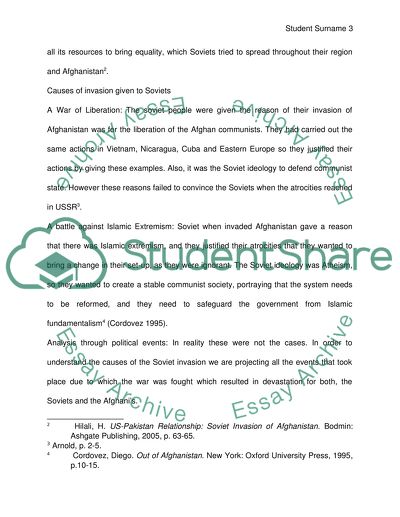Cite this document
(“What caused the Soviet intervention in Afghanistan in 1979 Essay”, n.d.)
What caused the Soviet intervention in Afghanistan in 1979 Essay. Retrieved from https://studentshare.org/military/1491915-what-caused-the-soviet-intervention-in-afghanistan
What caused the Soviet intervention in Afghanistan in 1979 Essay. Retrieved from https://studentshare.org/military/1491915-what-caused-the-soviet-intervention-in-afghanistan
(What Caused the Soviet Intervention in Afghanistan in 1979 Essay)
What Caused the Soviet Intervention in Afghanistan in 1979 Essay. https://studentshare.org/military/1491915-what-caused-the-soviet-intervention-in-afghanistan.
What Caused the Soviet Intervention in Afghanistan in 1979 Essay. https://studentshare.org/military/1491915-what-caused-the-soviet-intervention-in-afghanistan.
“What Caused the Soviet Intervention in Afghanistan in 1979 Essay”, n.d. https://studentshare.org/military/1491915-what-caused-the-soviet-intervention-in-afghanistan.


